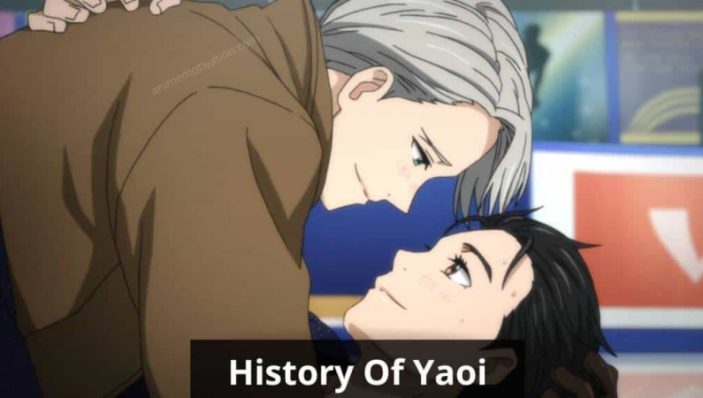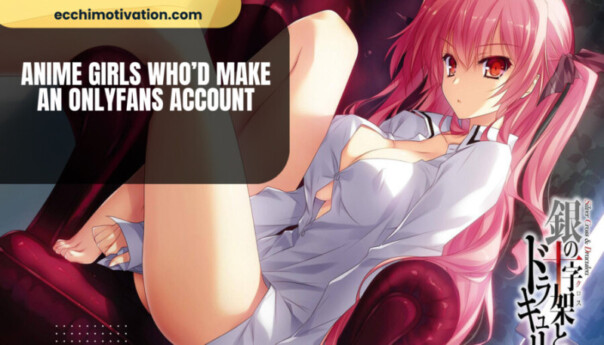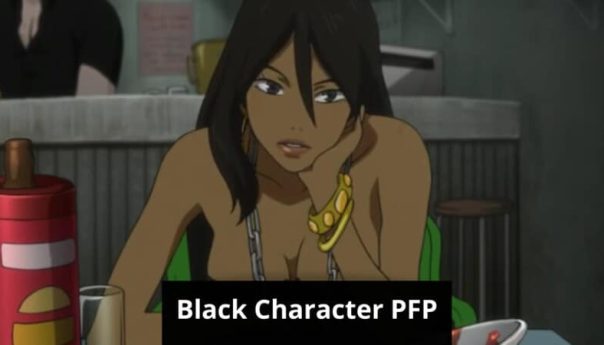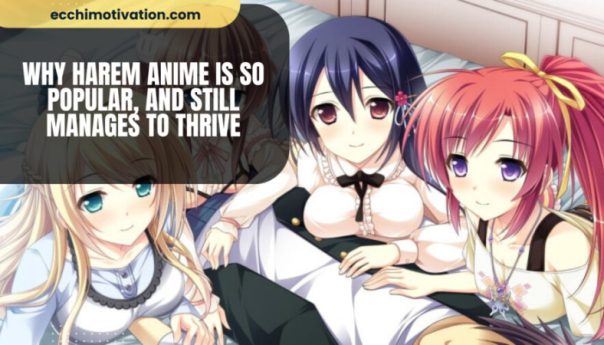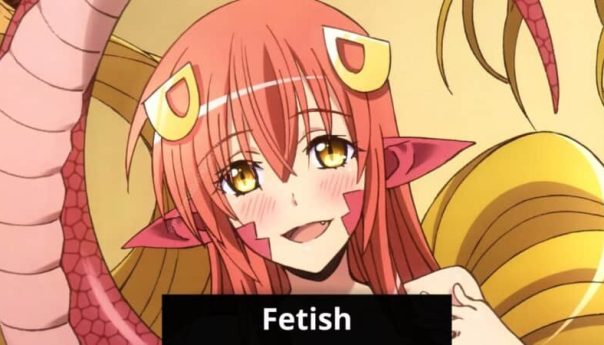Everyone has heard about Japan, the birthplace of anime and
The country has a rich archive of anime and
Literature,
If you have not heard about it and you want to find out more, read on to discover more about this
- A brief history
- Why is it so appealing?
- Misconceptions
Yaoi – A Brief History

Manga originated in Japan around the 12th century. Since then, more and more styles have developed over the years and created
Since the westernization of Japan, its style changed drastically, depicting ideals of the western world.
Prior its relationships between same-sex samurais were something normal and tolerated, but this began to dwindle. This happened between 1868 and 1912, during the Meiji Era. the tolerance for sexual relationships between people of the same sex decreased considerably.
This was the moment when yaoi emerged. At first, in emergent forms, it was something subtle. But over the years, it evolved into what we know today as yaoi.

Yaoi is a manga style with the primary audience of
Exploring sexuality in the
Yaoi
Something that was so uncommon back then and that was that trigger that challenged the traditional views. Genre stereotypes are still very present in our society.
However, since the 1970s, this
To be a writer of
Yaoi Appeal
Some might wonder why is yaoi so appealing? Why are there so many
Many of the women and
Even though this structure might make you think of something sexual, it is not related to it. It is more about the way the story is built, which is different from traditional stories and mangas.

Yaoi is appealing to
In yaoi, the characters follow two types. There is the “seme” which is the top, the attacker, or the hunter. The other role is “uke” which stands for the bottom, receiver, or the hunted.
The story usually revolves around characters that have these two roles. They show
So, if you wondered why women and
This means that the relationships between the characters are not only male-male, but they can also be female-female or male-female.

What is even more appealing and interesting, is the way characters are built and identify themselves. You, as a reader, can identify with one of them or with the story. But what is the perspective they present on love?
Well, yaoi is great because there is this neutral love you would not find elsewhere. The love that exists between the characters is devoid of misogyny or violent acts against women. It keeps stereotypes away, which can feel like a breath of fresh air.
In an environment where there are zero stereotypes, zero abusive treatment against women, and zero norms of society,
Exploring your sexuality is still something taboo in many countries and societies. Talking about sex, about your body, and about who you identify yourself with is hardly done in some parts of the globe. And when yaoi emerged back in the 1970s, over 50 years ago, it is easy to see why it shook traditional views.
At the core of these views on sexuality are many preconceptions. And writing about them and exploring them in a story can sometimes be challenging.
Misconceptions Around Yaoi

Just like any other
Emerged in an era where the tolerance for same-sex relationships was low, many did not even consider this
It reminded Japan of the times before the Meiji era and westernization, where sex between same-sex samurais was allowed.
However, as highlighted above, yaoi does not have scenes where explicit sex is portrayed. This is a distinct
Because the relationships it depicts are between males, the homosexual community has kept its eyes on them. And it does not agree with the stories as they found them unrealistic.

Around the mid-1990s, there was a heated debate around the yaoi genre. A lot of essays and reports were published in women’s magazines. Women who read yaoi
Many said that the depictions are not real and that they only aim to make misogyny more present in society. On the other hand, the fans of the
Of course, this debate was not without consequences.
The creators of the style took separate roads. While one of them chose to focus more on depicting heterosexual realities, the other one focused on depicting gay relationships more accurately. However, the yaoi style was considered and remained just a sub-genre, a sub-niche.
This, until 2006, when it gained momentum all over the world.
Final Thoughts
Finding out more about how society, literature, and art have evolved in different parts of the globe can be an enriching experience. Yaoi is not just a
Surrounded by a lot of misconceptions, yaoi turns out to be a refugee for the
You can read yaoi
Author ‘s
https://www.bestessaytips.com/review_essay.php
